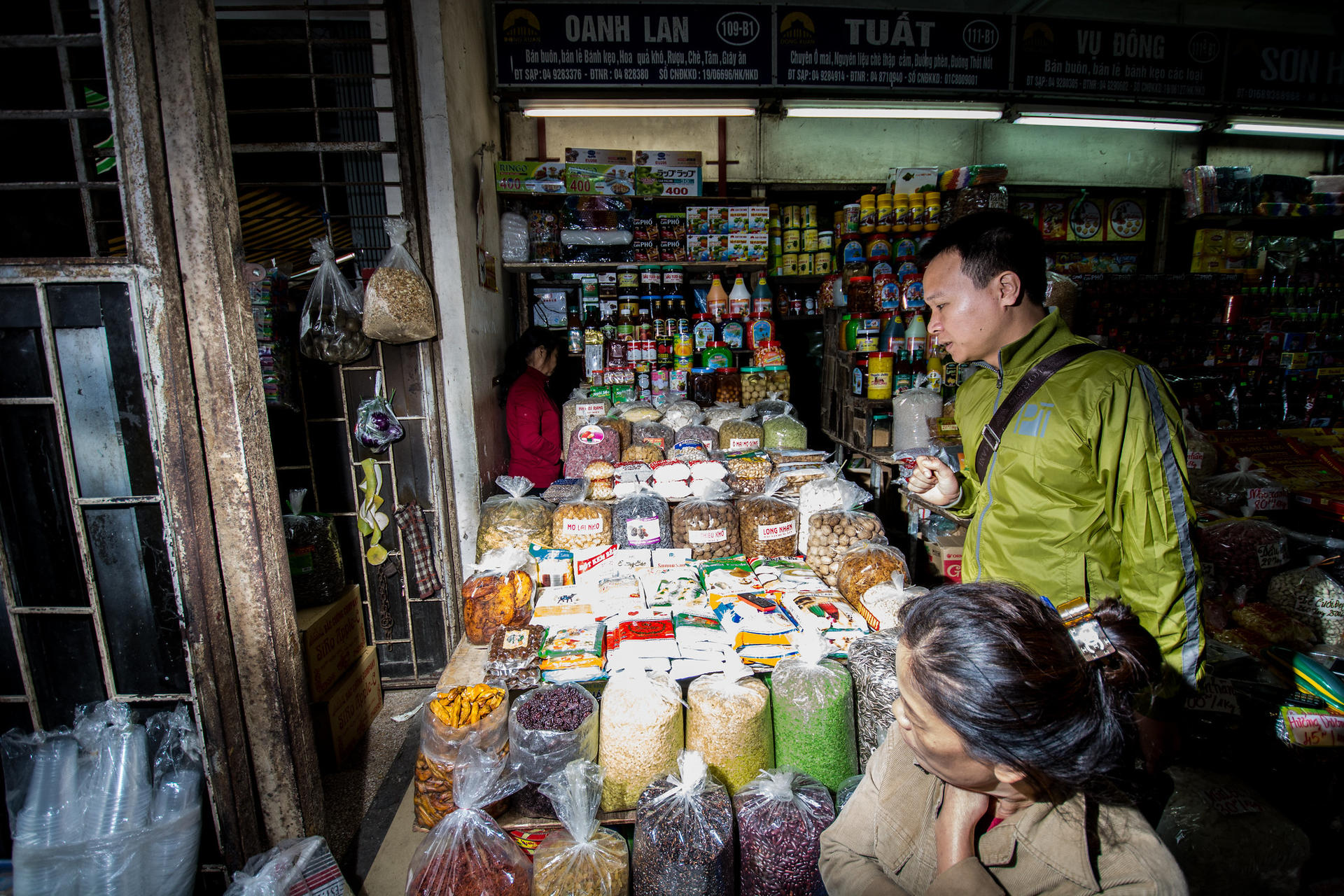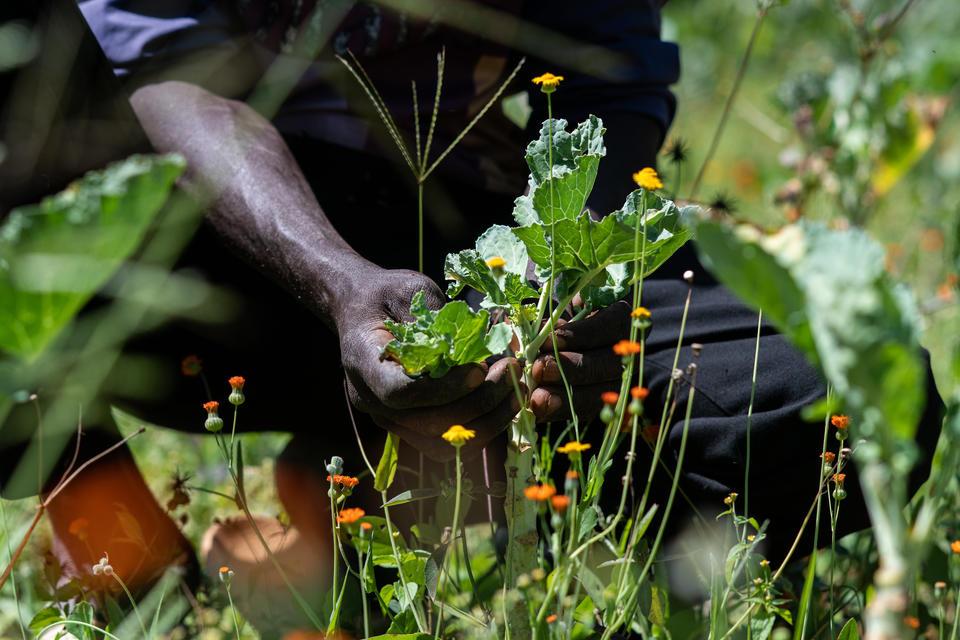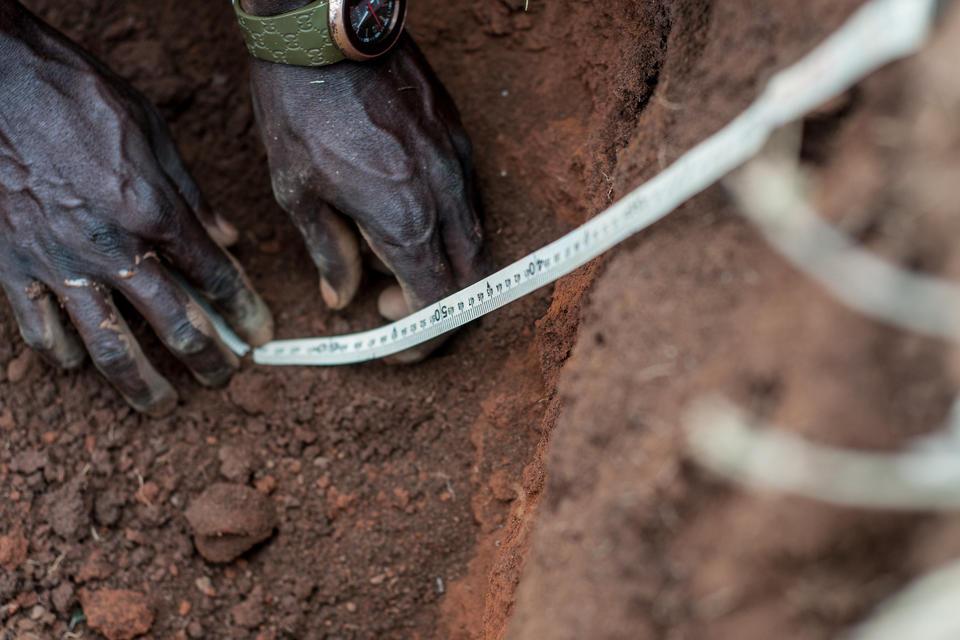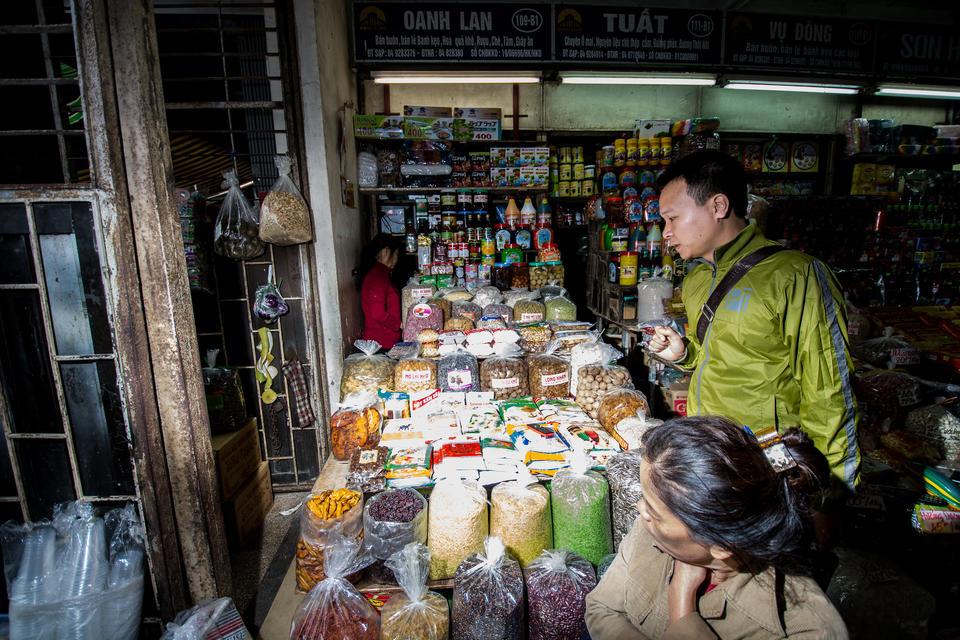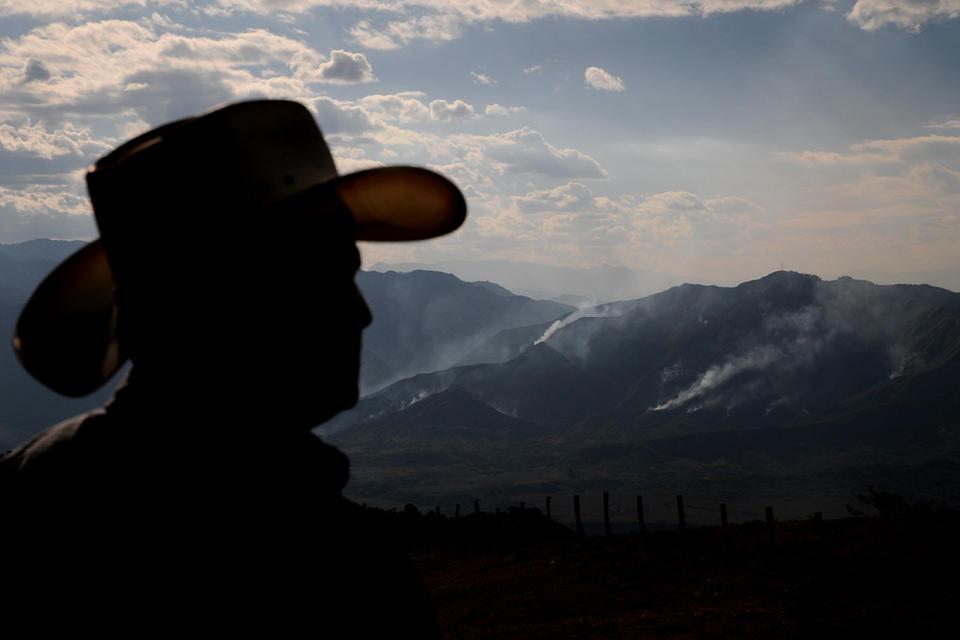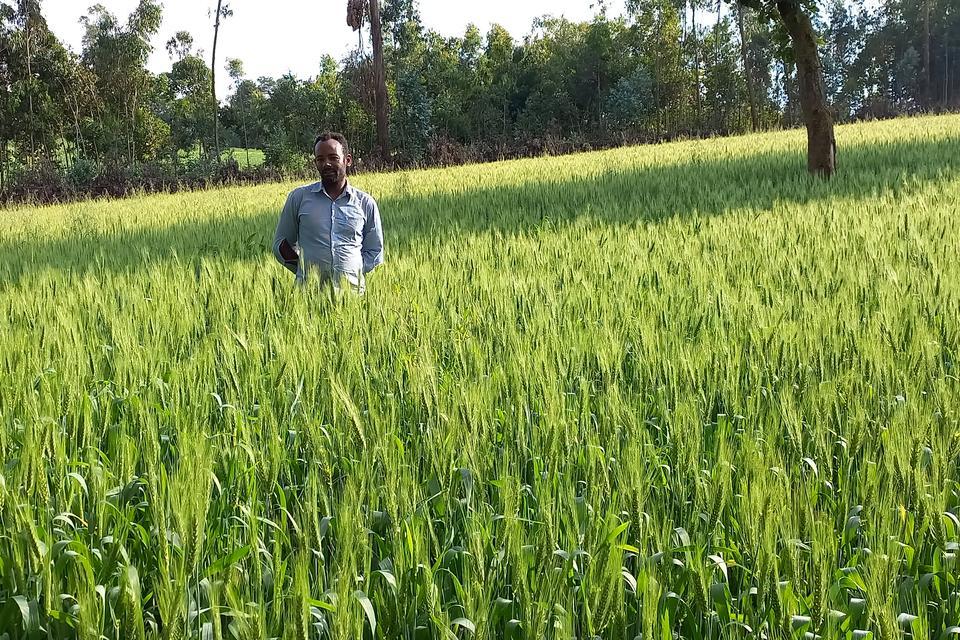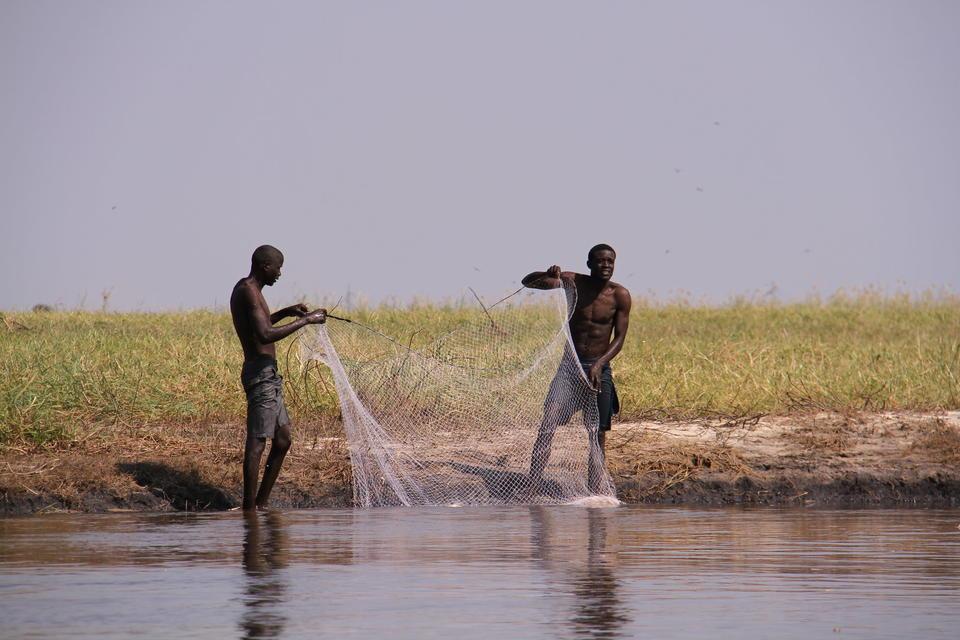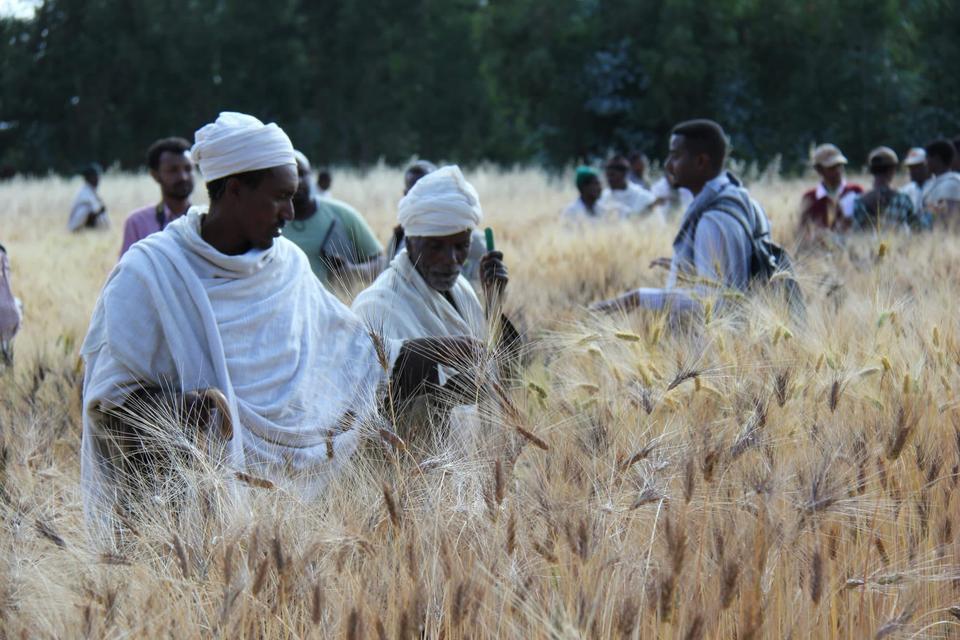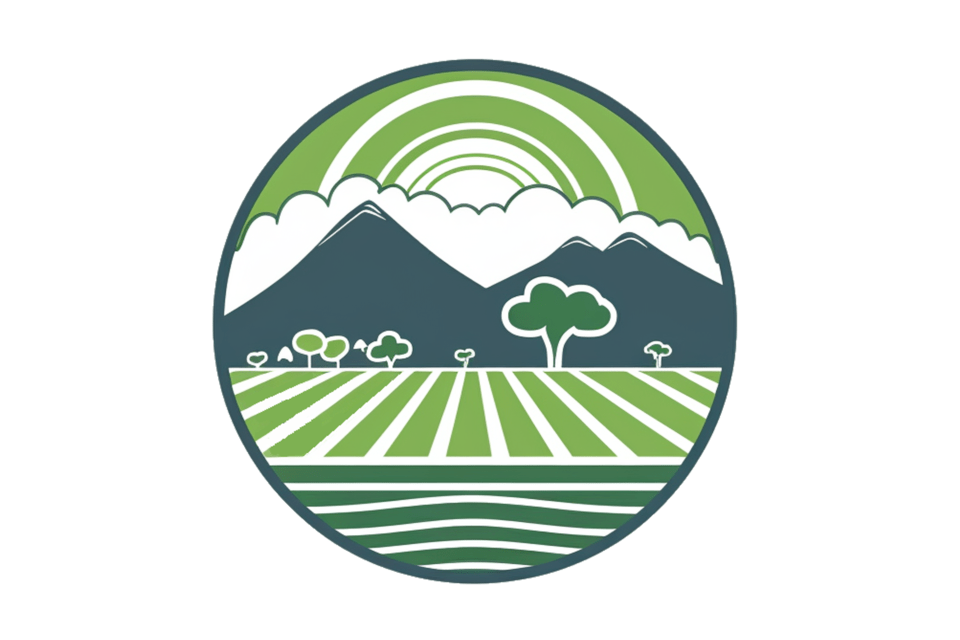
Today, food systems globally are facing challenges in terms of sustainability, inclusion, and healthy diets.
Such threats encompass the environmental costs of current and future nutrition patterns; improved availability, accessibility, and consumption of nutritious, safe, diverse, and sustainable diets; increased incomes through inclusive and diverse market systems; and the effective use of digital tools to capture data, foresight scenarios and unlock better practices to boost food security.
With our work at the nexus of agriculture, the environment, and nutrition, we are using evidence to inform multi-stakeholder policy-making processes and to help identify key actions through a whole-of-system approach.
To support food systems towards this sustainable transformation and ensure food security for all, the Alliance operates out of three key hub cities, based in our regional centers: Cali (Colombia) for the Americas; Hanoi (Viet Nam) for Asia and Oceania; and Nairobi (Kenya) for Africa.
In these cities is anchored what we call a City Region Food System (CRFS): a cluster of focus, facing specific challenges in terms of sustainability, inclusion, and healthy diets.

